Broken Art
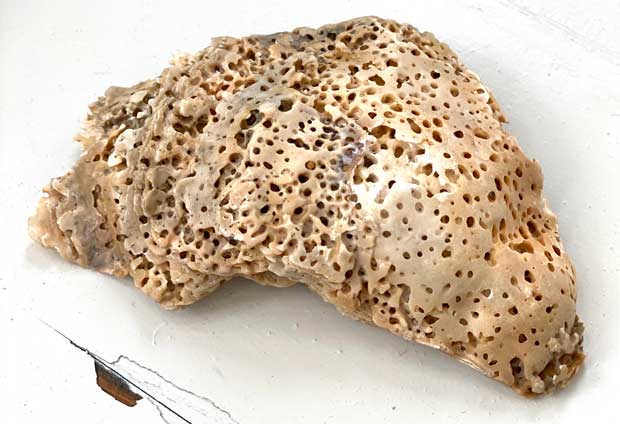
When I was young, my family spent a lot of time at the beach. My husband and I have continued that tradition with our own children. Last summer, while walking along the Atlantic Ocean’s edge, I thought about these nostalgic childhood memories.
Although most beach-combers may look for perfect shells, I found a rough, broken shell that is filled with hundreds of tiny holes. The beauty displayed within the broken piece reminded me of my less-than-picture-book-perfect history. But over time, life’s disappointments and wounds have perfectly formed me into the kind of artist I am today—a creative person who identifies with and cares about those who are hurting.
I actually collected two broken beach shells to display in my studio. But while my friend was visiting my studio, she was drawn to the rare beauty of the broken seashells. So, I gave her one of my found treasures to encourage her through her recent cancer battle. A couple of months later, after recovering, my friend told me that she had since passed along the broken shell to someone else, who was struggling through a divorce.
I was very surprised to learn that a relic I had originally collected to display in my studio had taken on a new purpose as a symbol of hope. After discussing our own brokenness, the disappointments, struggles, and wounds, my friend and I both wondered: How many more individuals would be touched with healing as the broken shell is passed from one hurting friend to another?
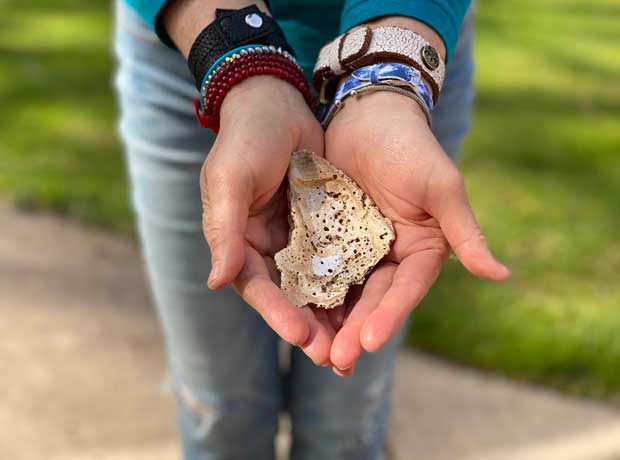

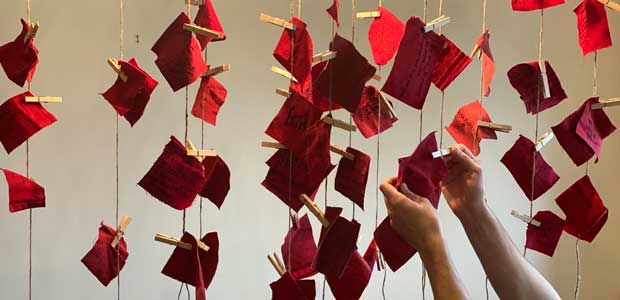
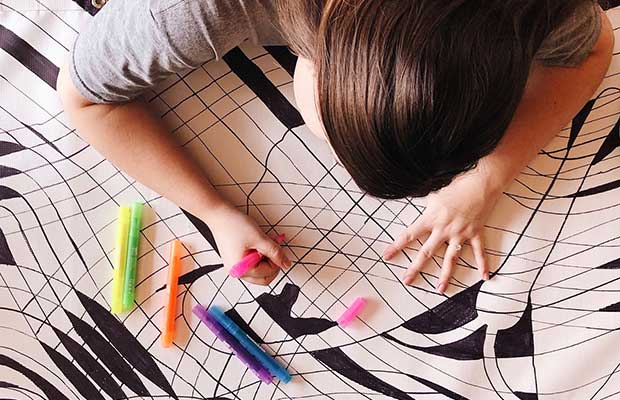
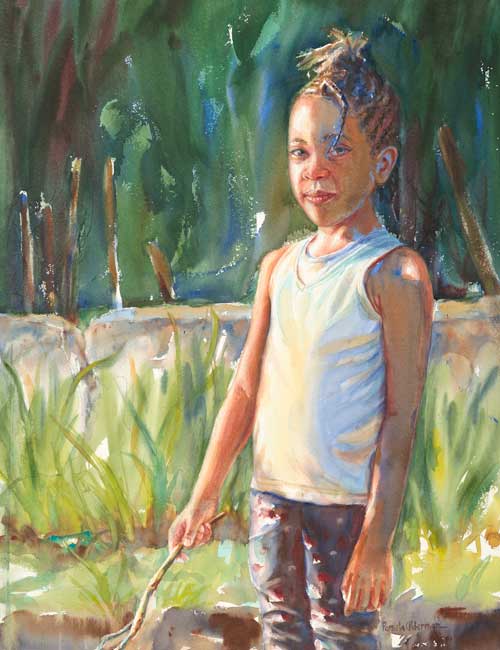
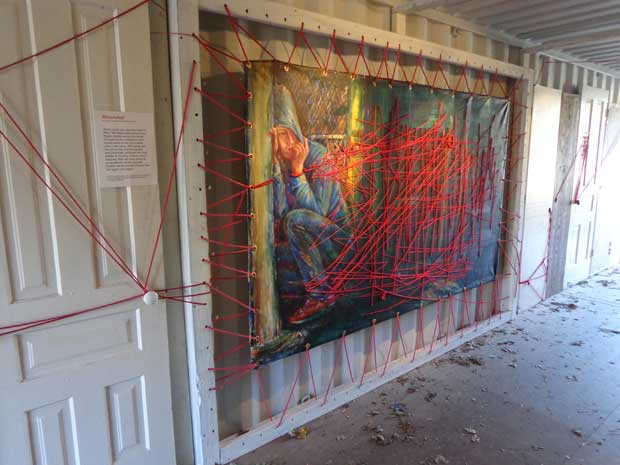
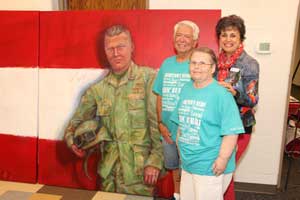 Do life’s challenges make heroes or reveal heroes? Army Spc. Eric Burri was killed while serving in Iraq, but his parents, John and Joanne Burri, kept his memory alive by rallying an entire Midwest community to help Iraqi children. Eric’s life and his parents’ example of how to turn overwhelming grief into an opportunity to help others inspired my ArtPrize Top 20 work called
Do life’s challenges make heroes or reveal heroes? Army Spc. Eric Burri was killed while serving in Iraq, but his parents, John and Joanne Burri, kept his memory alive by rallying an entire Midwest community to help Iraqi children. Eric’s life and his parents’ example of how to turn overwhelming grief into an opportunity to help others inspired my ArtPrize Top 20 work called 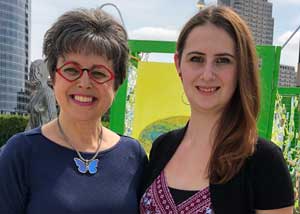 The butterfly effect, an alternative scientific theory, challenges us to consider that every tiny action could have a large effect. The smallest deed or word–positive or negative–has the potential to change the course of an individual’s life. Whitney’s story demonstrates how to turn heartache into an opportunity for hope:
The butterfly effect, an alternative scientific theory, challenges us to consider that every tiny action could have a large effect. The smallest deed or word–positive or negative–has the potential to change the course of an individual’s life. Whitney’s story demonstrates how to turn heartache into an opportunity for hope: